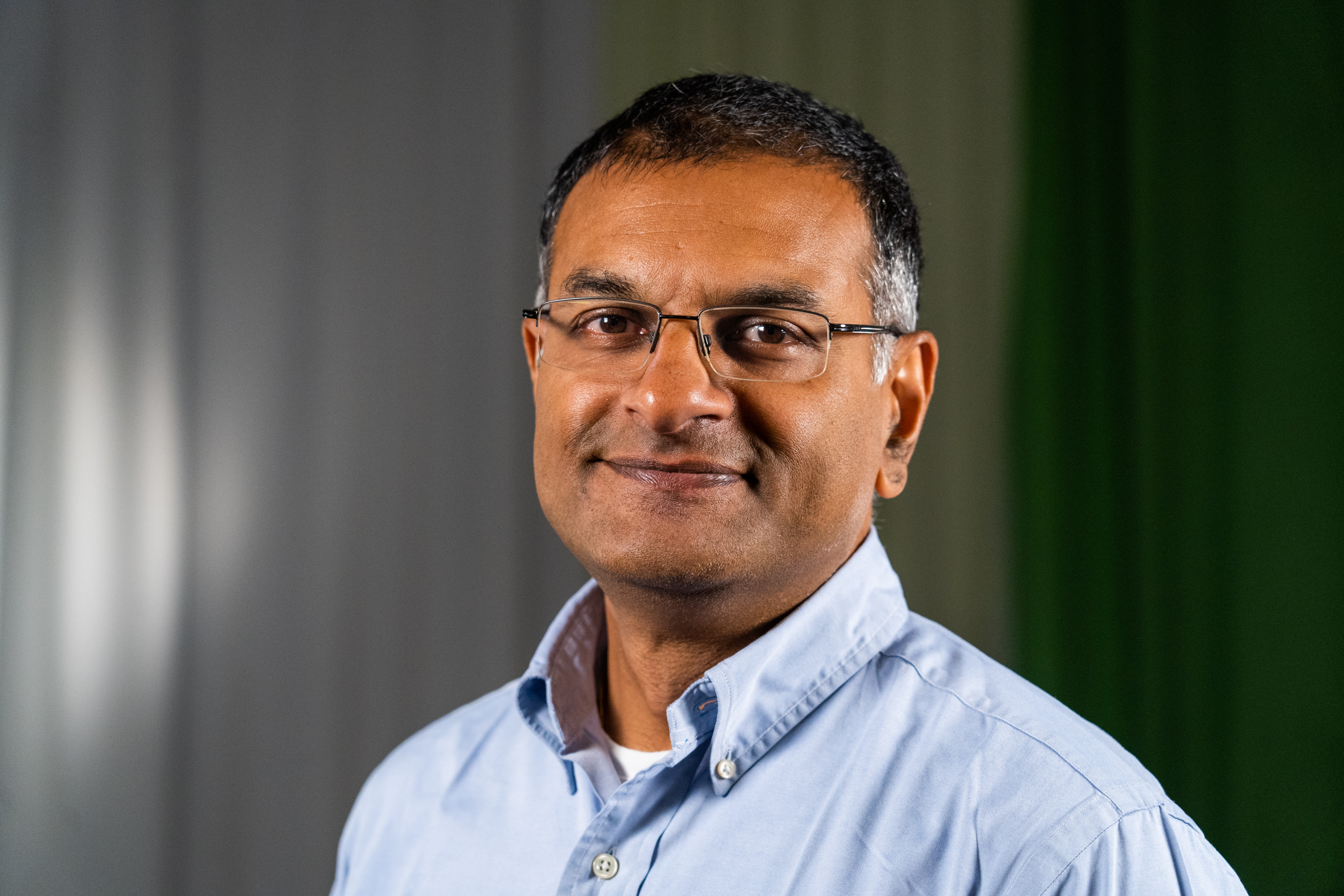EDP column by Professor Ketan Dhatariya
“My husband recently had a stroke that left him unable to speak properly. I always thought that having a stroke meant you were paralysed. Was I wrong?”
Cerebral palsy occurs in about 1 in 500 people in the UK. It is not a specific condition, but it relates to a generalised disability that affects the ability to move in a coordinated fashion. It is a neurological condition that does not progress. There is no single pattern of disability, and it affects different individuals differently, with some people having only minor disability and others being very severely affected. Problems associated with cerebral palsy include using and controlling muscles, causing difficulty with walking, writing, eating, talking, dressing. Other problems include difficulties with balance and coordination leading to difficulties controlling and maintaining posture (they may need help to sit upright). However, these problems can also be associated with problems with vision, hearing and learning. About 1 in 3 people with cerebral palsy also have epilepsy.
There are several different ways of classifying the condition, but the three main categories are;
- spastic cerebral palsy, where some of the muscles in the body are tight, stiff and weak especially when the person tries to use them. This make moving very difficult.
- athetoid cerebral palsy where control of muscles and posture is disrupted by spontaneous and unwanted movements.
- ataxic cerebral palsy where the main problems include difficulty with balance, shaky movements of hands or feet, and difficulty with speech. There may also be any mixture of these.
It used to be thought that a lack of oxygen to the brain during childbirth caused this condition, but this has been shown to not be the cause in the vast majority of cases, because despite the advances in maternity care during labour, the number of people affected has not decreased over the last 60 years. Most cases have no known cause.
Depending on the severity of the condition, cerebral palsy could be diagnosed soon after birth, or any time up to the ages of 2 years old. This is often dependent on the child reaching all the normal developmental milestones.
Currently there is no cure for this condition, but there are several treatments that can help to minimise the impact the condition has on the individual, the family and other carers. These include occupational therapy, physiotherapy and speech therapy. Occasionally surgery is necessary.
Most people with cerebral palsy live normal lives. They can go to school and participate in everyday activities. However, they may need a little extra help sometimes. There are also several charities that specialise in providing that help for people with cerebral palsy and their families. Ask your GP to help you find local organisations that can help.
For more information about Cerebral Palsy click this link:
